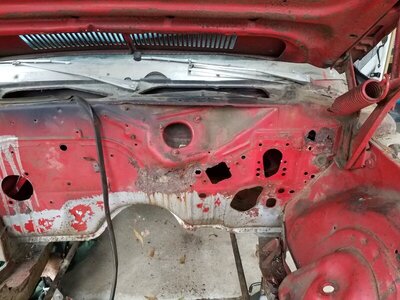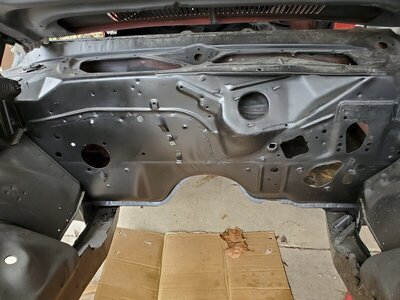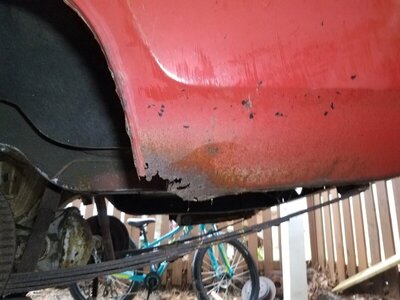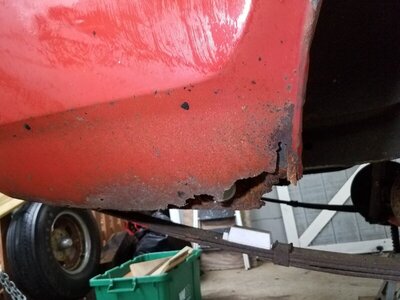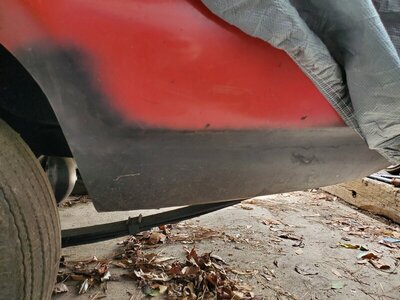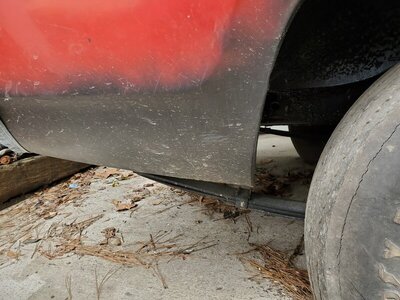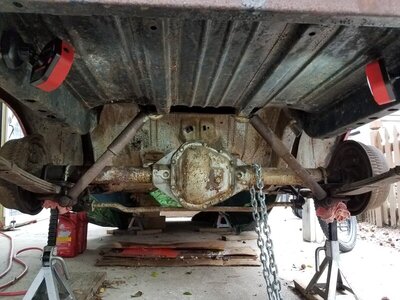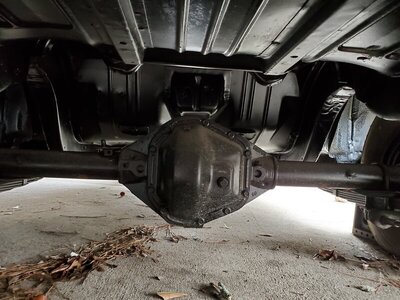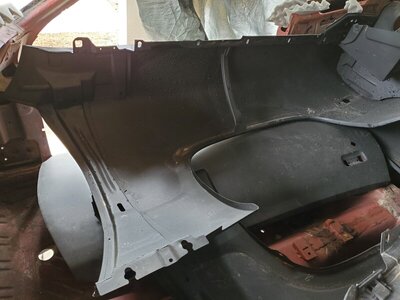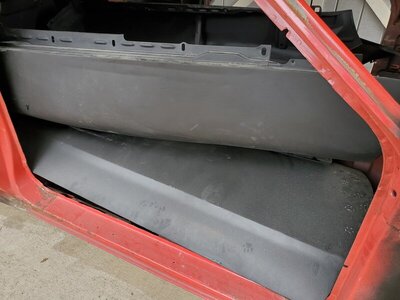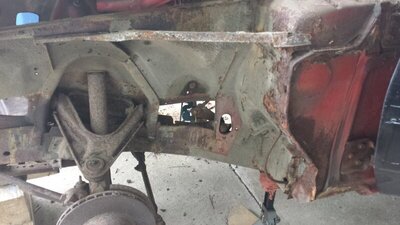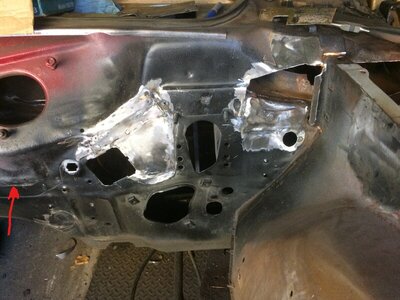OK, I think I have a paint guy who is going to take the car after metal work and give it a "good" paint job, on the scale of acceptable/good/show-quality paint jobs. A few local guys have used him, and I think he does nice looking weekend driver paint jobs for $6K-$7K, but he wouldn't give me a price over the phone, which I understand.
I'm very close to getting the glass out of this thing and that leaves only the doors and trunk lid still attached, then it should be ready for blasting. So, I have a few questions for the community about my above plan:
1. Should I remove the doors and clean up the hinges, etc? I had a body guy (not using him - he got some bad recommendations) tell me something about having to mark the body components before removing them and how he would have to go back and put things back on if I removed everything. Seems to me that we would remove everything for blasting, then the body/paint guy would put all panels, doors, trunk and hood back on and work gaps, adjustments, and all that fancy body line stuff that I have no clue about. Am I missing something? What did he mean by "marking" body lines and gaps before removal and blasting???
2. Do the doors get totally blasted inside and out? What about the drivers side door sticker with the VIN? Should I remove everything in terms of the lock, handle innards, striker, etc? Everything?
3. Do the plastic body plugs under the floorboard get removed too, or is there some reason to keep them in?
4. So right now the rear end, leaf springs, rear wheels, and rear brake drums are the only things still on the rear - I removed the sway bar, shocks, fuel tank, brackets, etc from there. Is it OK to have him blasting away with the rear end still attached? Do we need to cover or protect the axle ends where the brake drum is attached? Should the entire rear end and springs be removed before blasting? Problem is that this thing has to roll from the blasting guy to the priming guy to the metal work guy, which is why I left the rear end on.
I kind of just want him to blast and prime the rear and and springs anyway to save me the time, but just want to make sure they are going to do it right and that it's OK to blast it with the rear drums and wheels still attached.
5. The paint guy asked if I want it primed with etching primer or epoxy, so I said epoxy, because that's what I thought was the best practice. I found it odd that the expert was asking me what type of primer to use, as I assumed he would recommend the right one to me. After reading 20 articles on primers, I am still not sure I have a grasp on which one is better. Another body guy who does collision work (not going to use him either) told me to be sure and hit it first with basic metal etcher, then epoxy primer, otherwise the primer might not stick to the metal. He was an older guy with tons of experience and was pretty adamant. Any advice on this? My paint guy says he will do whatever I ask.
Also, if we go with epoxy primer, is there a specific brand or type to use? He said there is $200/gal stuff and $300/gal stuff and that we should probably use the better stuff. Any brands to use or stay away from?
6. I asked the primer guy if he was going to put it up on his rotisserie after sandblasting, but he said he planned on just putting it on a lift, because it takes about 8 hours of labor ($60/hour) to get a car on and off a rotisserie. He figured it was not worth it just to get it primed and sealed and that I should probably just do the rotisserie thing for final paint. I never used a rotisserie, but does it really take 8 hours to rig it up?
7. So apparently nobody around town has an outdoor lift for blasting, and the blasting guy says he just lifts cars up with his forklift when he does them. Is this standard practice? I assume the car will be in balance, despite there being basically no weight on the front and the weight of the Dana and rear body on the back of the car?
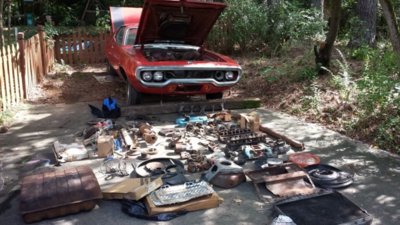
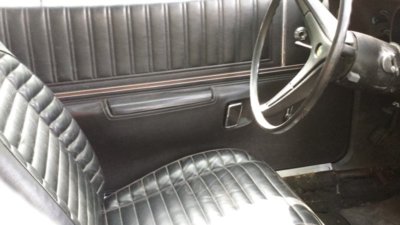
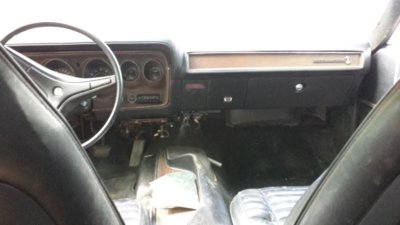
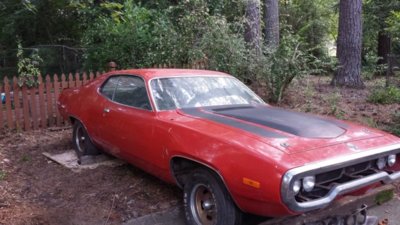





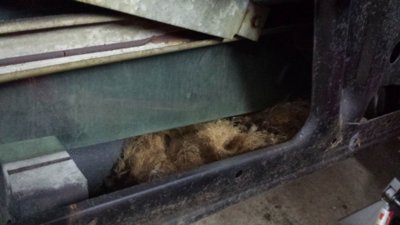
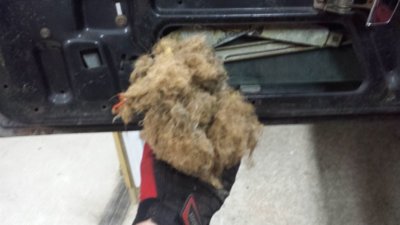
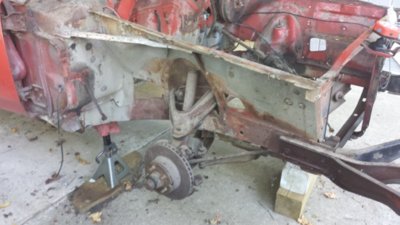
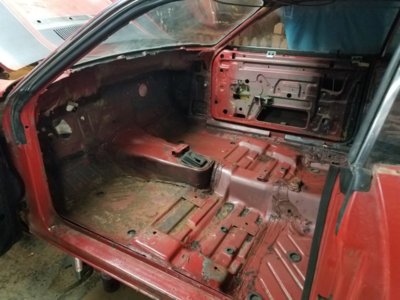
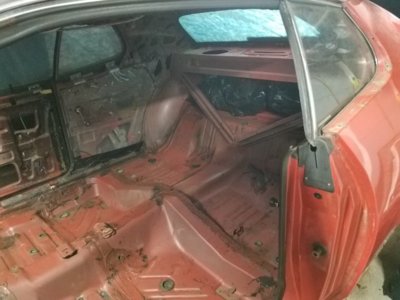
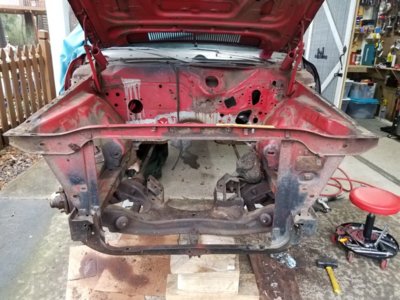
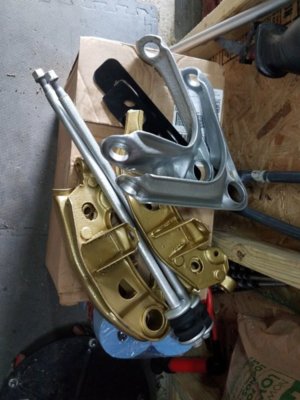
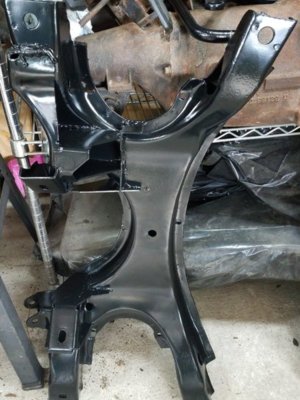
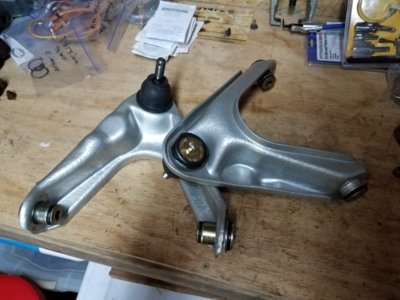
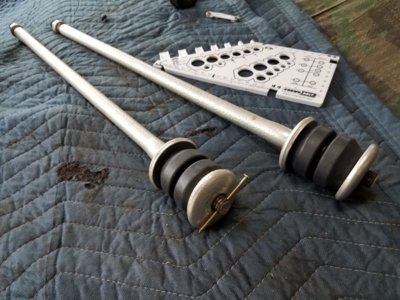
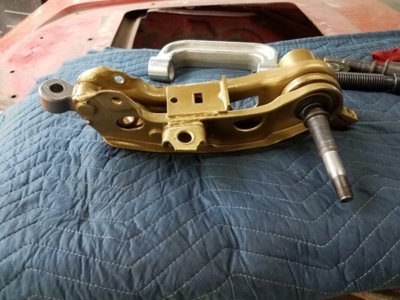
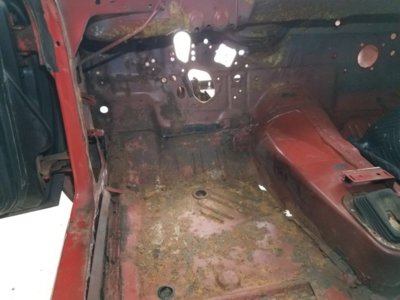
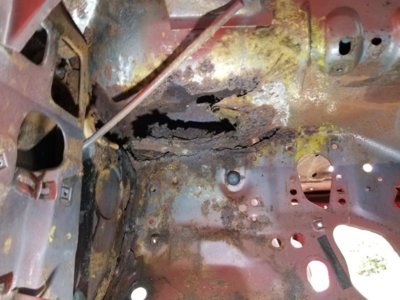
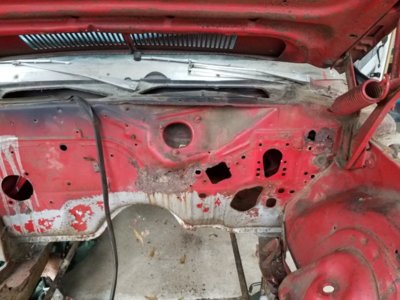
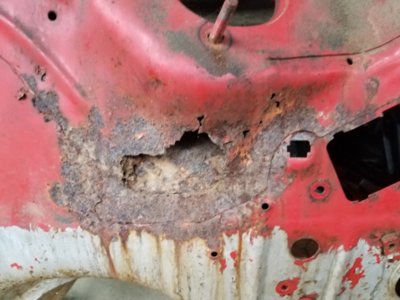
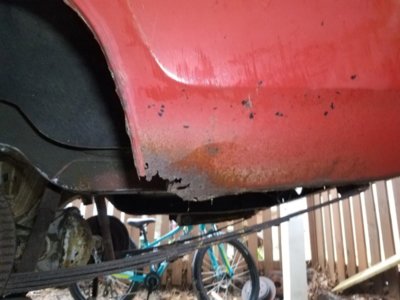
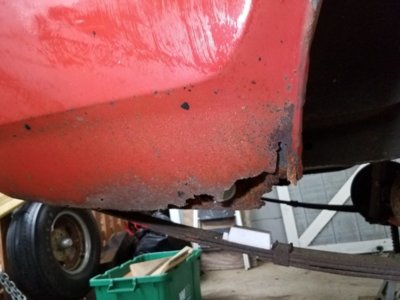

 beautiful car btw.
beautiful car btw.